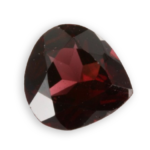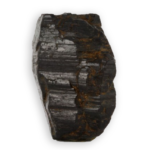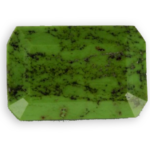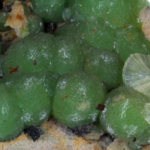
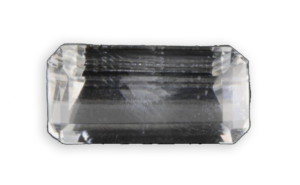
magnesite
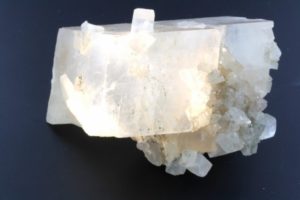
rhombohedral magnesite crystals from Brazil
Detailed sheet
magnesite
Described in 1808 by German mathematician Karsten (1768-1810), it owes its name to its component: magnesium and the town of Greece, Magnesia, where it came from.

CHEMICAL CHARACTERISTICS
MgCO3
magnesium carbonate

PHYSICAL CHARACTERISTICS
Main color
colourless
Other colors
white, brown, grey, yellow, pink
pearl white
Color of streak
white
Luster
pearly, vitreous
Hardness
3.5 to 4.5
Density
2.95 to 3.12
Cleavage
perfect
Fracture
uneven

OPTICAL PROPERTIES
Transparency
opaque, translucent, transparent
Refractive index
1.508 - 1.715
Double refraction
0.190
very strong uniaxial ( - )
visible double refraction
Yes
Pleochroism
variable
Number of colors
2
present in varieties with cobalt
Fluorescence
weak
bluish

CRYSTALS PROPERTIES
often in scalenohedrons such as calcite
crystals system
trigonal

OTHER INFORMATIONS
Astrological sign
Libra
Exploited
sites
It is found worldwide : the Binn valley in Switzerland, Cornwall in England, in Styria in the Austrian Alps, Greece, Slovakia, Saudi Arabia, Finland, Sweden, on the Kola peninsula in Russia, Congo, Namibia, South Africa, Brazil, Chile, Canada, the United States.
use in jewelry
Its hardness makes it only a stone collection, cut in facets or transparent rhombohedra used to observe the birefringence as calcite.
Daily care
and precautions
Fragile with its easy cleavage.
imitations and
treatments
Its whitish variety is dyed to imitate turquoise, lapis-lazuli or coral.
Historical
healing properties
This stone would help to “give up” all that it is too much… negative thoughts, troubles, overweight.
Venez visitez
notre site web
voillot-joaillier.fr
Lorem ipsum dolor sit amet, consectetur adipiscing elit. Ut elit tellus, luctus nec ullamcorper mattis, pulvinar dapibus leo.Lorem ipsum dolor sit amet, consectetur adipiscing elit. Ut elit tellus, luctus nec ullamcorper mattis, pulvinar dapibus leo consectetur adipiscing elit. Ut elit tellus, luctus nec.

